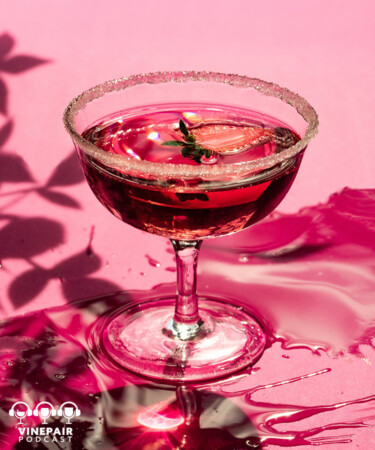Is it crude to pack fruit flavors into a wine or tequila-based RTD? Despite the purist’s gut reaction to say yes, market evidence suggests that the world feels differently.
Curiosity and drink fatigue are driving consumers to be more open minded, pushing them to try new flavor combinations and unorthodox RTDs. The sweeping popularity of such beverages is driving companies — whether they be a winery, brewery, or distillery — to explore the ready-to-drink and flavored malt beverage space. As such, a drink’s primary alcohol source — be it a wine, beer, or spirit — is growing increasingly irrelevant.
As many brands transform into “Total Beverage” companies whose portfolios encompass wine, beer, and spirits, the lines are growing increasingly blurry between said categories. If a drink claims to be a Margarita, tastes like a Margarita, but doesn’t have any tequila in it, can it still be called a Margarita?
On this episode of the “VinePair Podcast,” Adam, Joanna, and Zach discuss the convergence of wine, beer, spirits, and seltzer toward a flavor-forward model for drinks, where the alcohol source is secondary to the flavor on the label. What’s driving this trend, why are the big drinks companies leaning into it, and what does it mean for drinkers? Tune in for more.
Joanna is drinking: Hopped Lemonade from Devil’s Foot Beverage Company
Zach is drinking: Piña Margarita at El Moose
Adam is drinking: Tenuta delle Terre Nere Etna Rosato
